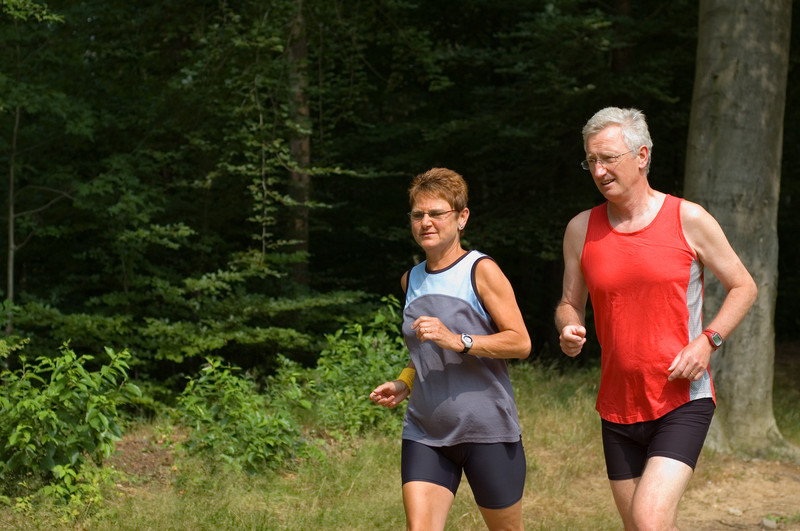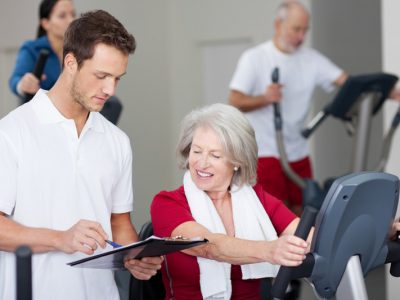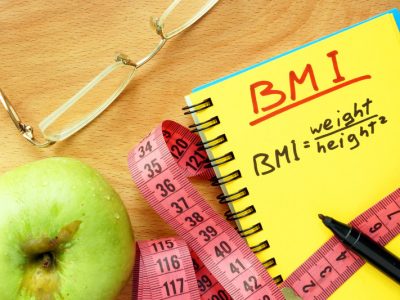
Show up to witness any half marathon taking place and there is always a large crowd of people participating. Witness the ING New York City Marathon and you will see a crowd of over 50,000 runners finishing the race. Running is a form of exercise that many people around the country participate in. It’s typically considered to be affordable, is open to anyone of any age, and it can be done in a wide variety of places. The good news for those who suffer from chronic pain is that they can also be runners, if they are not part of the running crowd already.
Those with chronic pain need exercise just as much as anyone else. In fact, the November 2015 issue of the journal Joint, Bone, Spine, reported that physical activity provides benefits for those with rheumatoid arthritis. Researchers found that physical activity has favorable effects on bone, increases self-esteem, alleviates symptoms of depression, improves sleep quality, and decreases pain perception. Their intervention involved a 4-week running or cycling program that was 60 minutes per day, for five days per week (1).
In another study in the July 2015 issue of the journal of Revue Medicale Suisse, researchers evaluated runners who had previously had a history of back pain. Twice as many runners reported an improvement in their back pain with running (2). Those with chronic back pain who may be apprehensive about running may find that it actually brings them some relief.
For those who find that running brings them pain, they may be experiencing what is called chronic exertional compartment syndrome (CECS). If this is the case, there have been multiple studies that have found that changing one’s running style can address that, including one in the journal Orthopaedic Journal of Sports Medicine, where a 6-week training program aimed at adopting a forefoot strike technique resulted in significant improvement (3).
While some people with chronic pain may already be runners, others may be wondering how they can push through the pain in order to become one. This starts with making the commitment to run regularly, maintaining the right mindset, and starting out slowly to build up to running farther and faster. It is also a good idea to visit a running store to be properly fitted for shoes, because the experts there will consider your gait, arch, and additional information when finding a good match for your unique needs. Also consider your running surface. Concrete is very unforgiving and jarring to the body. Grass can hide surface irregularities and cause a sprained ankle or a fall. Packed dirt is a good surface, or perhaps you can find a quality running track. Unless you are an experienced runner, start with flat surfaces, and do run/walks—maybe starting with cycles of 1 minute of running and two minutes of walking. Also, talk to your doctor regarding your general health and your readiness to take on vigorous aerobic activing.
If you are not already a runner, give it a try and you may soon find yourself part of the crowd coming across the finish line.
Sources:
- Joint, Bone, Spine. 2015 Nov 27. pii: S1297-319X(15)00239-0. doi:
<http://www.ncbi.nlm.nih.gov/pubmed/26639220>
- Revue Medicale Suisse. 2015 Jul 15;11(481):1438, 1440-4.
< http://www.ncbi.nlm.nih.gov/pubmed/26398973>
- Orthopaedic Journal of Sports Medicine. 2015 Mar 24;3(3):2325967115575691.
< http://www.ncbi.nlm.nih.gov/pubmed/26665032>








I am all to familiar with compartment syndrome as I suffered with severe pain and was unable to run because of it. The only answer I found (because I refused to have surgery) was balancing my body’s posture which allowed me to run efficiently and symmetrically. Myself, like most people with compartment syndrome and other running injuries, only experienced pain on one side of my body. Why would only one leg/side be affected? That’s the best question I ever asked and the best one anyone suffering any one-sided injury/pain can ask. Why one side? I found the reason in my postural and muscle imbalances in my hips and shoulders. I had a dominate and dropped right shoulder and weak right hip flexor. Correcting these elevated all pain associated with compartment syndrome and has allowed me to run pain free ever since.